What is drug readability and why is it important?
Readability refers to the clarity and ease with which a text can be read and understood. In the context of medicines, it implies that the information provided in package inserts, labels and leaflets is accessible and understandable to patients or caregivers. Lack of legibility can have serious consequences, as it can lead to incorrect administration or dosage of medications, or even to the omission of crucial information on side effects or interactions.
The importance of improving drug readability
Addressing the lack of readability in human medicines is critical to promote better understanding of treatments and increase patient safety. Healthcare professionals, pharmaceutical laboratories and regulatory authorities should collaborate to ensure that information is clear, concise and easily understandable for all patients.
It is a critical issue that requires attention and action by the medical and pharmaceutical community. Improving the understanding of drug package inserts and labels is an important step to ensure correct administration and dosage, as well as to avoid errors or misunderstandings that could put patients’ health at risk. Readability must be a priority in production.
How is drug readability assessed?
The method to evaluate the readability of drugs is the Readability Test which consists of different stages, according to:
- Review/analysis of the prospectus(s) and printing of the mock-up.
- Preparation of the test protocol and questionnaire.
- Pilot Phase: This is carried out with 3 subjects, people accustomed to handling leaflets (doctors, pharmacists, pharmacy assistants, employees of pharmaceutical companies, consultants, etc.), so that through their analysis they can improve the readability of the leaflet and verify whether the test questions are capable of eliciting the type of response expected.
- Execution 1 PhaseThe study is performed with 10 individuals from the target population, who must meet the inclusion criteria established in the protocol. Based on the results and comments received, changes to the prospectus and/or questionnaire may be proposed.
- Execution Phase 2: Performed with 10 individuals from the target population, who must meet the inclusion criteria established in the protocol. Based on the results, it will be determined whether the phase has been valid or not according to the criteria established in the protocol. If the phase is valid, the test is concluded. If the criteria are not met, the phase must be repeated.
- Preparation of Final Report with the results.
Whenever a readability test is not submitted, a justification for exemption (when the test has been previously submitted and/or when only a Bridging Report is required, when the reference drug has an authorized readability test and is public or when the drug has been submitted to arbitration) or commitment to submit the test within 4 months after the validation date must be submitted as appropriate.






























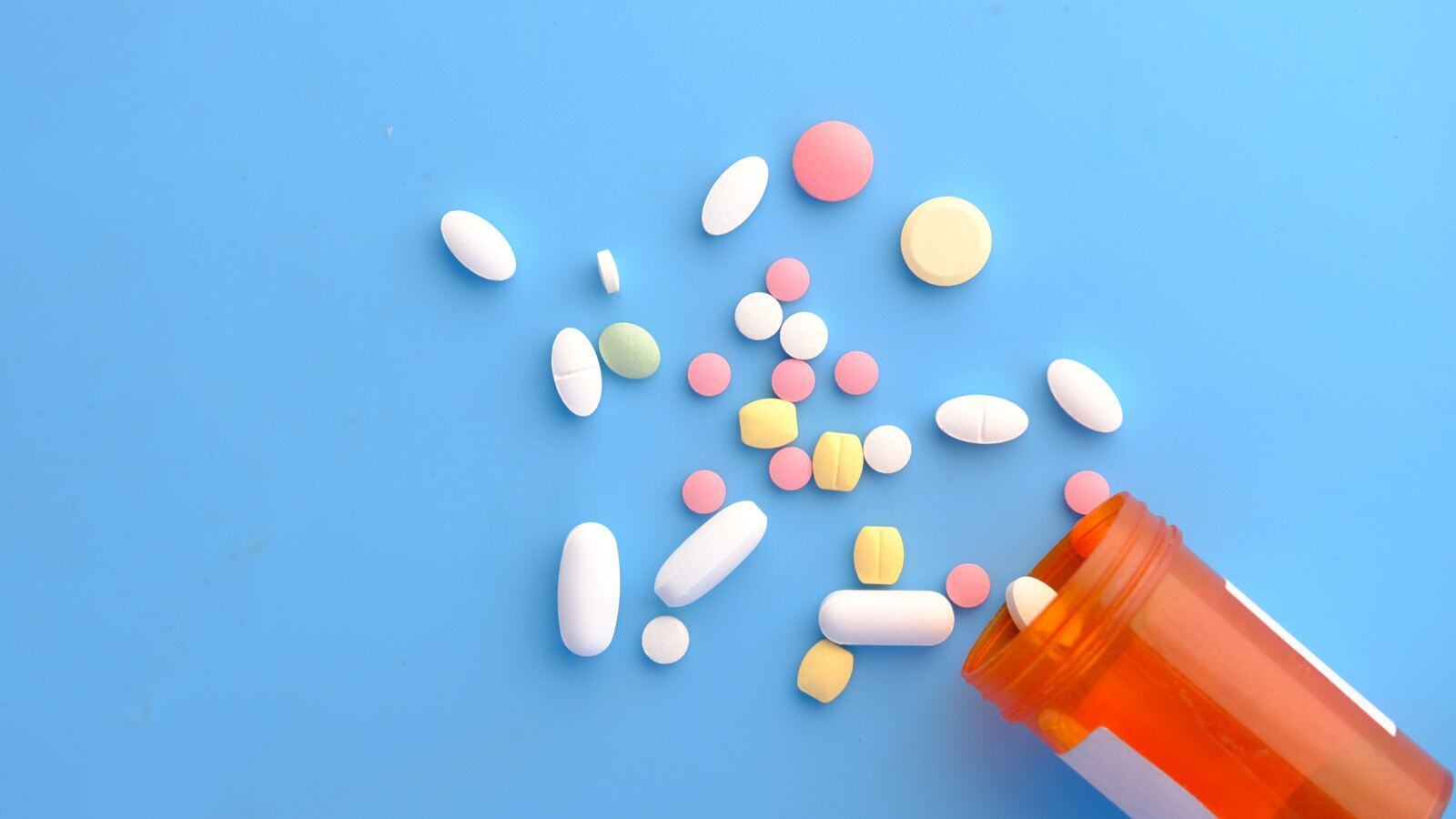






%20Checklist.jpg)











.jpg)
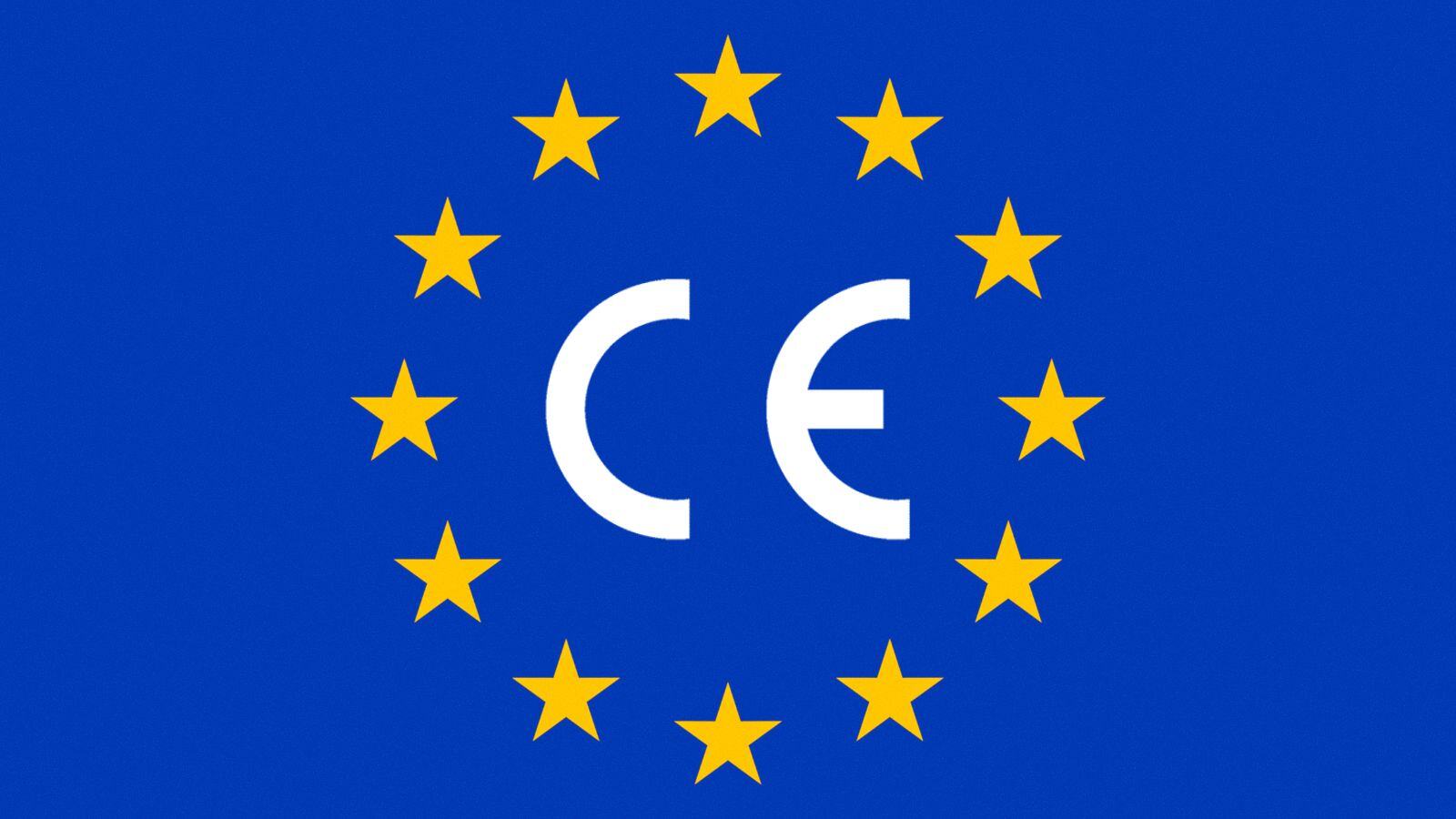



.jpg)





















.jpg)

.jpg)



.png)
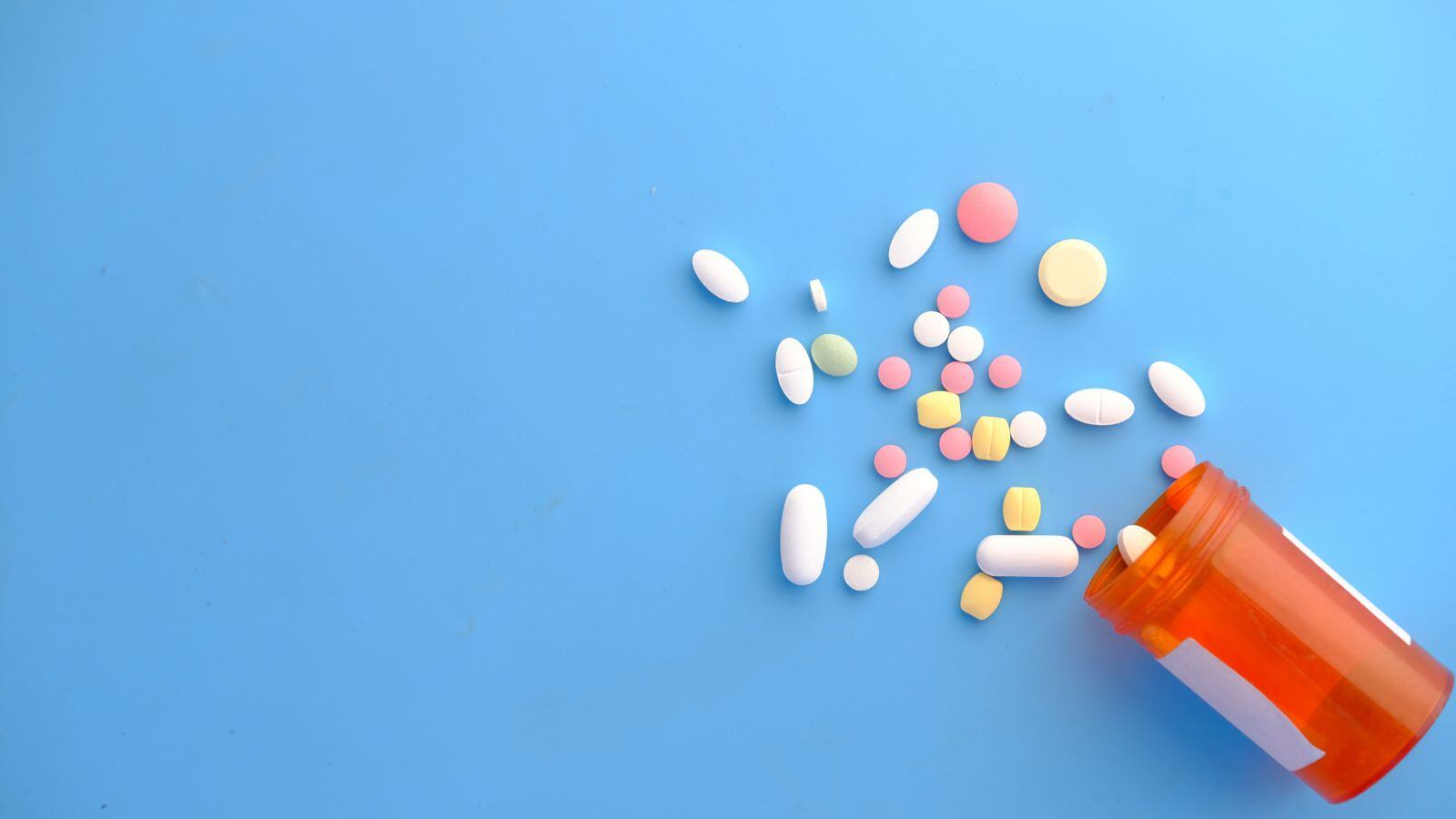
.jpg)
.jpg)

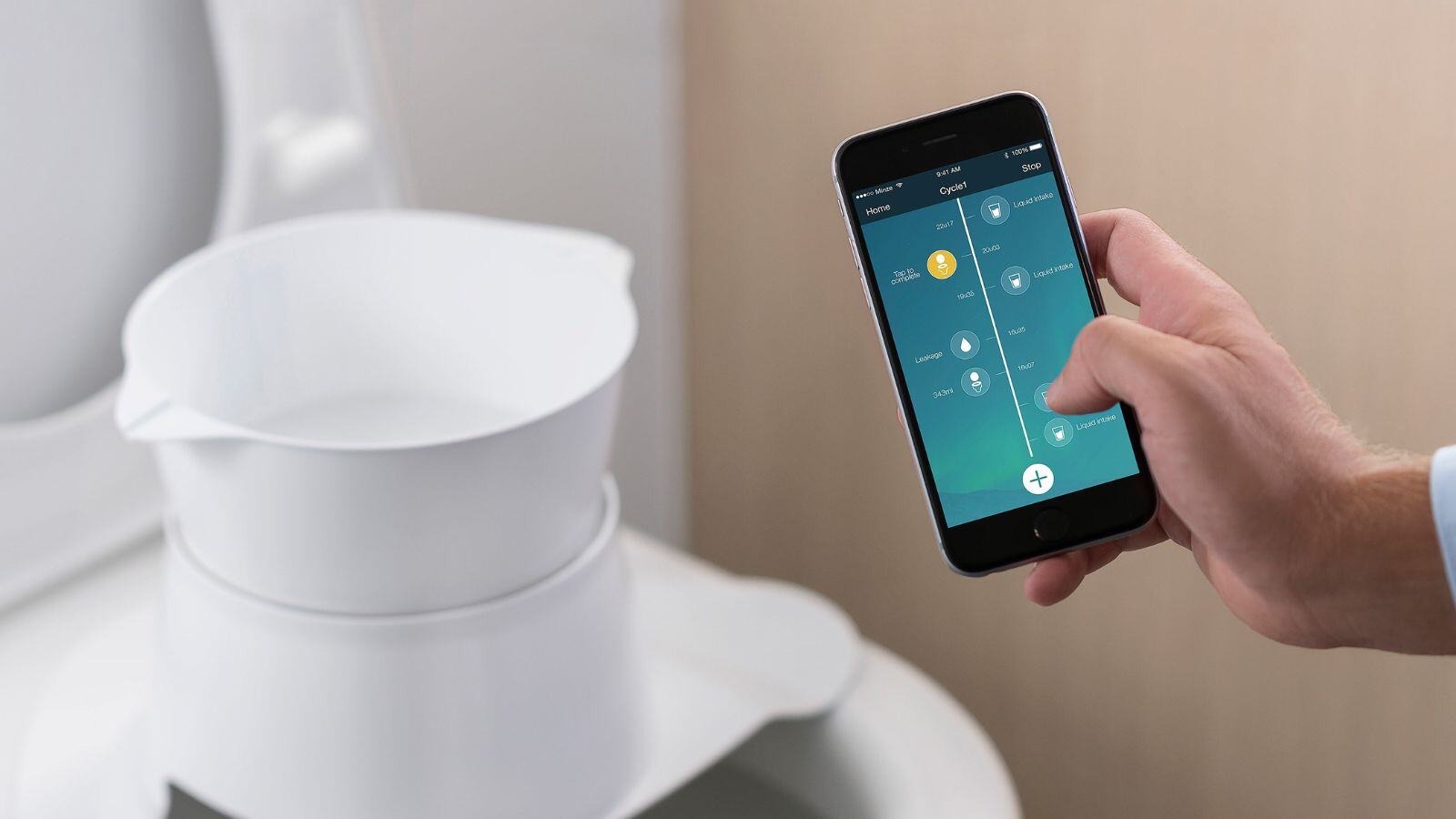
.jpg)
.jpg)

.jpg)
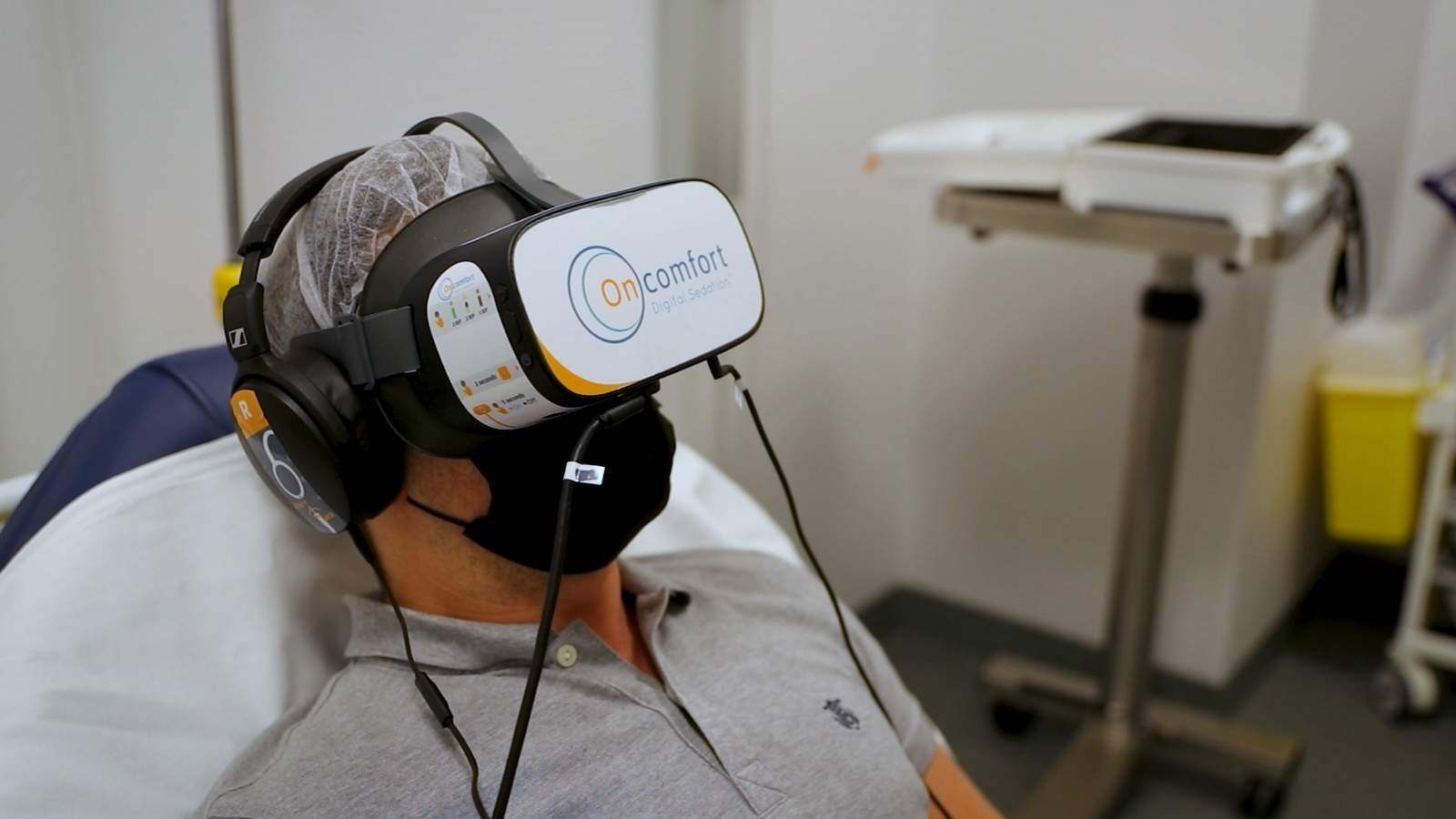
.png)